What happened when other countries came out of coronavirus lockdown?
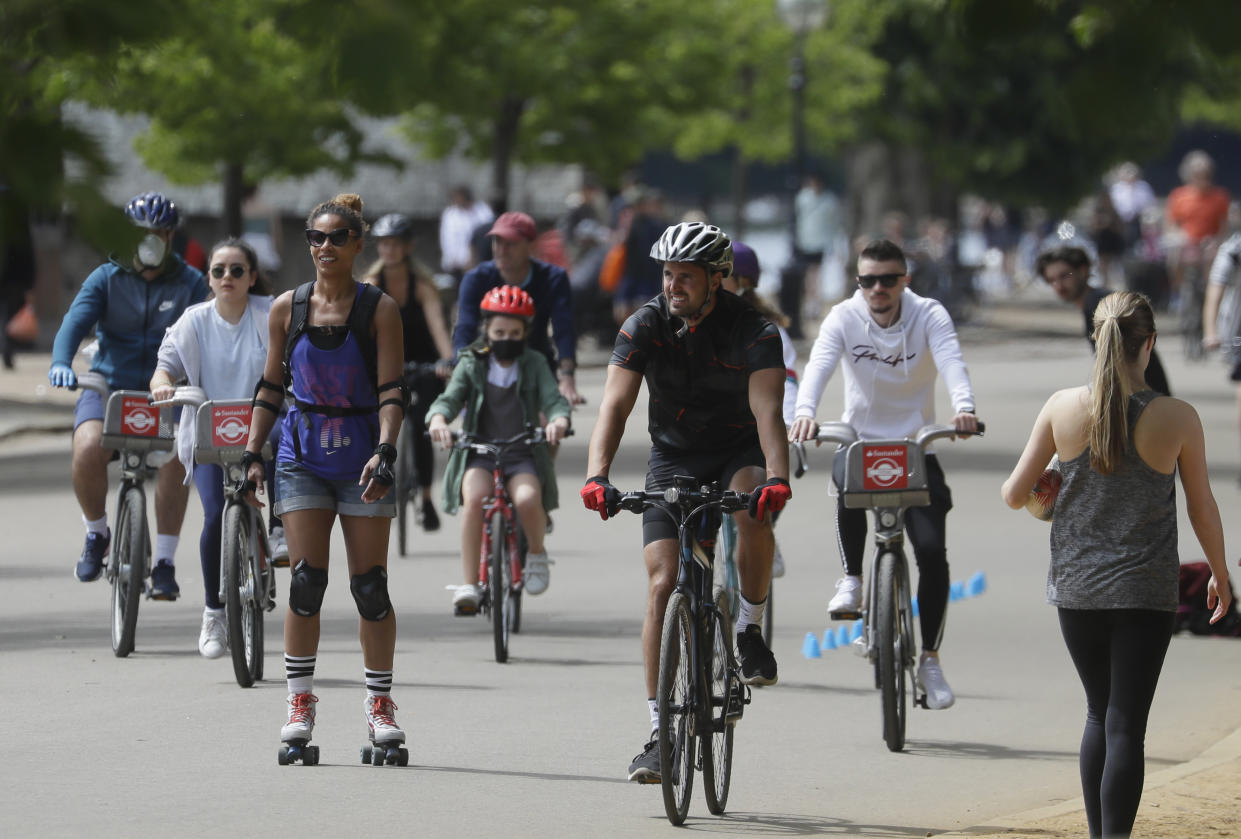
Lockdown restrictions in England have eased slightly after Boris Johnson tweaked some of the coronavirus regulations.
With people allowed to interact with each other more and spend greater time outdoors, scientists are monitoring the impact of these changes amid fears they could help increase the spread of COVID-19 once again and overwhelm the NHS if not controlled.
This is particularly important as the UK closes in on the 1 June deadline, when the prime minister hopes to ease restrictions further.
But many other countries have already begun to lift restrictions. Yahoo News UK takes you through what impact it has had.
Germany
Germany began to come out of lockdown on 27 April, with more shop reopenings and a gradual return to school, although policies vary between states.
The reproduction rate of the virus in Germany subsequently went above one, authorities said last week, meaning each person was infecting – on average – one other person.
It was at 1.1, the Robert Koch Institute (RKI) for disease control said on 11 May, having fallen to 0.7 before measures were relaxed, but by 17 May it was reported as 0.9.
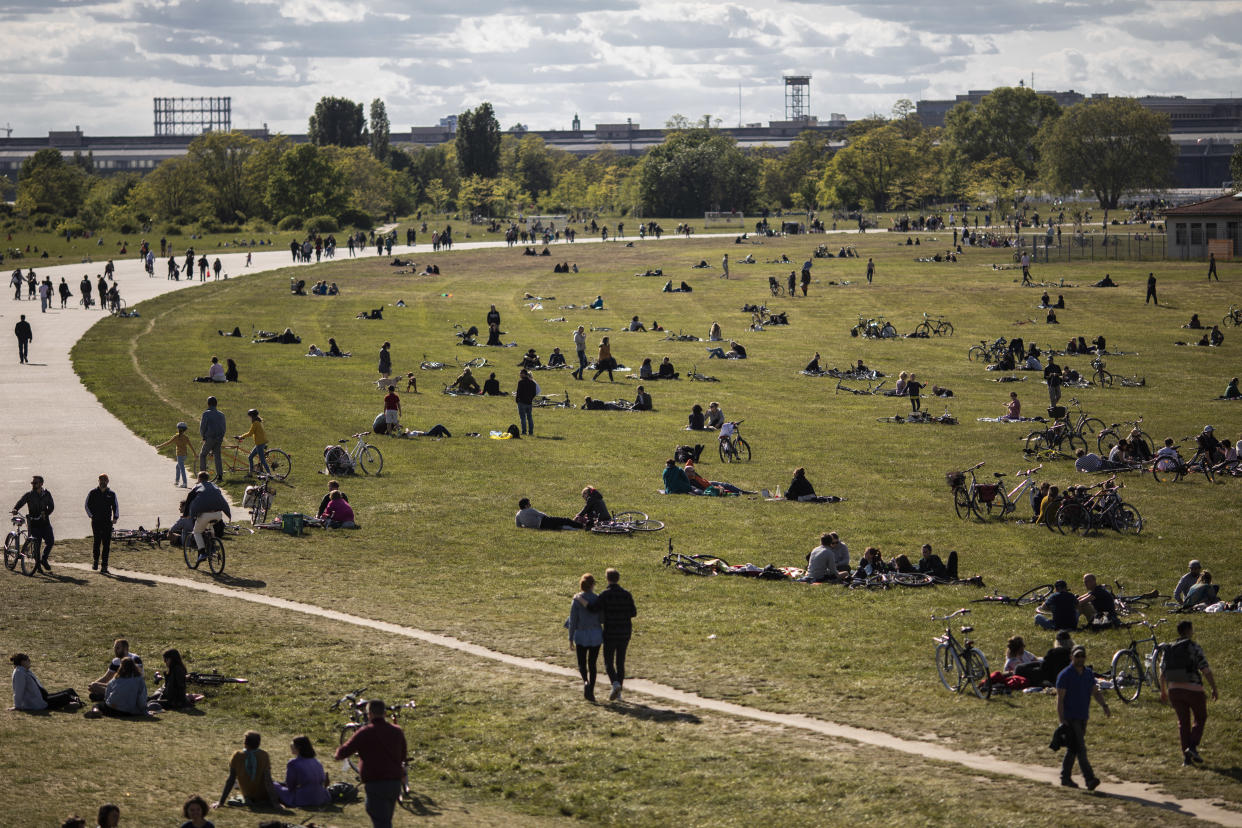
However, the RKI said a week ago that “it is too early to infer whether the number of new infections will continue to decrease as in the past weeks or increase again”, and that measuring the virus’s reproduction rate is fraught with statistical uncertainties.
Some sizeable local outbreaks have been observed, with dozens of workers at a slaughterhouse in North Rhine-Westphalia testing positive for COVID-19.
The planned reopening of restaurants in Coesfeld, the county where it happened, was pushed back a week.
An emergency brake that halts reopenings is engaged if more than 50 infections for every 100,000 people occur within a week in a given area.
Germany has reported 176,000 cases and 7,900 deaths, according to Johns Hopkins University.
South Korea
The East Asian country is being held up as a model for combating COVID-19, having deployed an extensive track and trace programme which the UK is hoping to work towards.
The South Korean government never implemented a strict lockdown as seen in European countries, and, to the envy of many in the UK wishing to see a resumption of the nation’s favourite activities, has allowed its football league to resume, albeit with empty stadiums and virus-specific regulations.
Nonetheless, Seoul shut 2,100 nightclubs, hostess bars and discos after a spike in new infections was linked to clubgoers.
However, South Korea’s president said the country did not need to stop its progress “out of fear”. The country’s case daily case rate remained low and steady.

Latest coronavirus news, updates and advice
Live: Follow all the latest updates from the UK and around the world
Fact-checker: The number of COVID-19 cases in your local area
6 charts and maps that explain how coronavirus is spreading
“The infection cluster which recently occurred in entertainment facilities has raised awareness that, even during the stabilisation phase, similar situations can arise again anytime, anywhere in an enclosed, crowded space,” president Moon Jae-in said.
He said the country must “never lower our guard regarding epidemic prevention” but that “there’s no reason to stand still out of fear”.
South Korea reported just 15 new cases in the 24 hours to 18 May and its daily cases have been low for weeks.
It has seen 11,065 cases and 262 deaths.
Australia
As in Germany, coronavirus restrictions vary from state to state.
In Sydney, capital of New South Wales, cafes and restaurants have reopened, but customer levels were reported to be low last week amid ongoing fears and rainy weather.
Social distancing must be observed in these businesses, which are taking a maximum of 10 people, while pubs and clubs are allowed to operate, but only for dining.
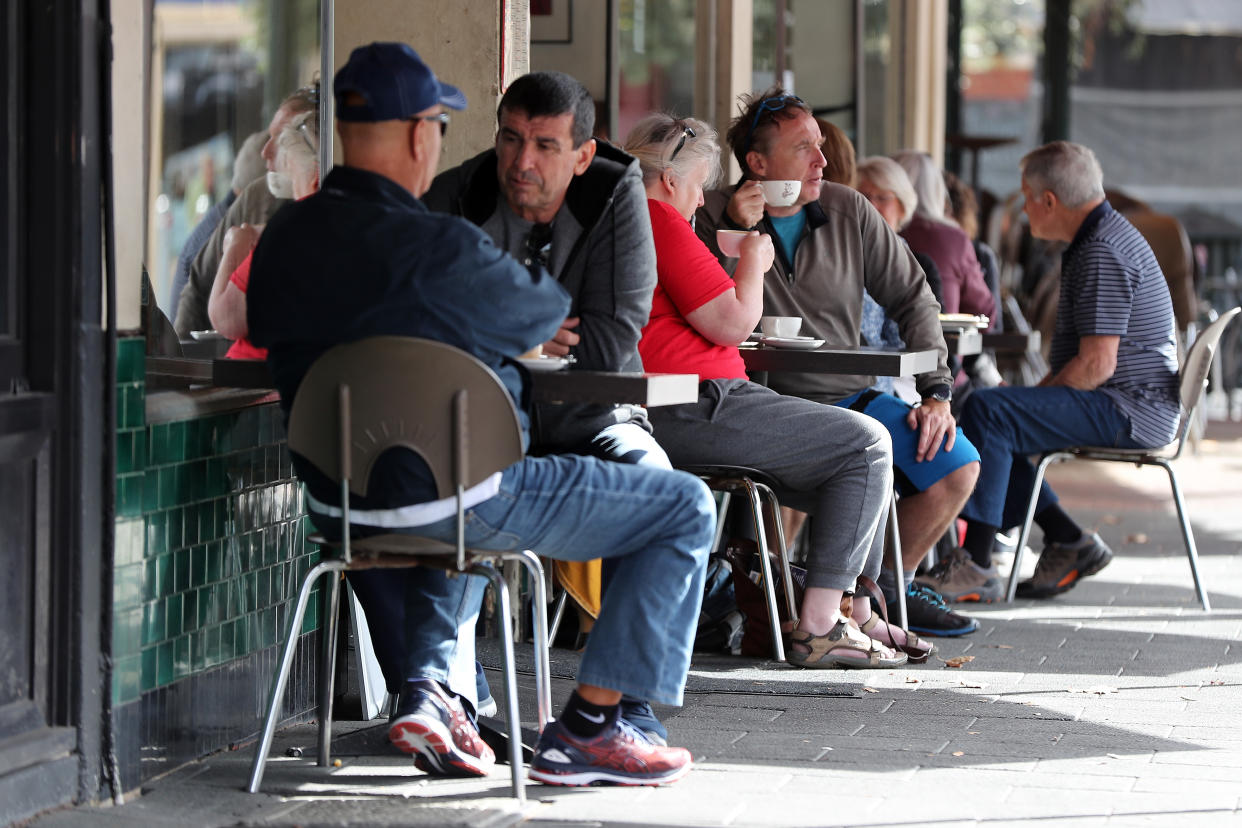
State premier Gladys Berejiklian urged personal responsibility, saying easing lockdowns in some countries had backfired.
“Let’s please do our part in keeping everybody safe, so that all of us can keep moving forward, so that we never, ever go backwards,” she said.
Read more: Government 'will make schools decision four days before planned reopening date'
“That’s really, really critical.”
New South Wales is the worst-hit state, with more than 3,000 confirmed cases and 46 deaths, but its daily reports of new infections have been very low since mid April.
Prime minister Scott Morrison said Australia is beating coronavirus but it “still has the great potential to do enormous harm to the livelihoods of Australians”.
Social distancing and hygiene measures remain in place.
Australia has recorded more than 7,000 cases and 99 deaths.
Italy
Once the epicentre of Europe’s outbreak, Italy has gradually eased its strict lockdown rules.
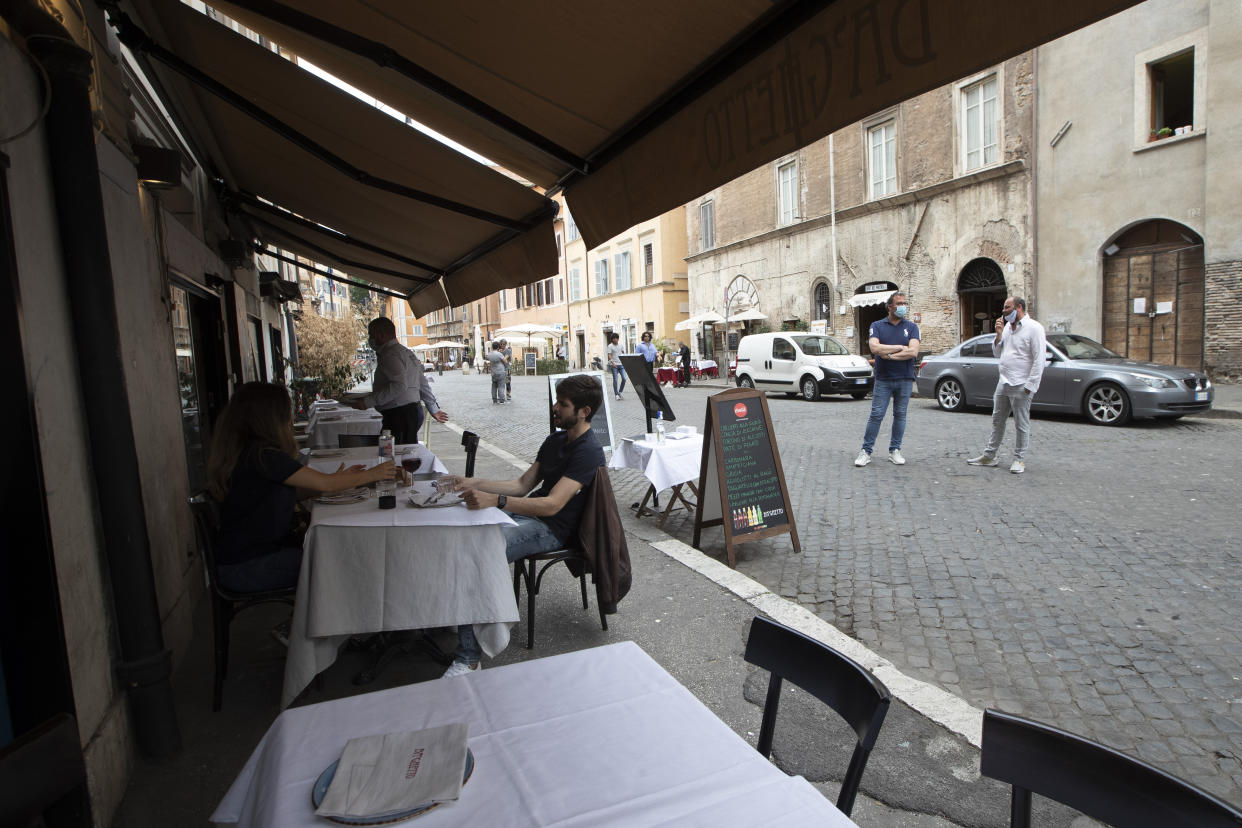
Parks and gardens have reopened alongside alongside construction and manufacturing jobs, with funerals and visits to relatives who live in the same region also permitted.
More relaxations on restrictions began on Monday as shops, bars, cafes, restaurants, hairdressers and museums were allowed to reopen.
Newly reported cases have not spiked.
Read more: Scientist says government is creating 'false expectations' for vaccine
However, Italy’s statistics have been questioned.
A study by the Institute of Public Health and Charite-Universitatsmedizin Berlin said Italy has recorded a “substantial underestimation” of COVID-19 deaths, possibly because of a shortage of tests or people dying from other causes in connection with the pandemic, such as limitations on healthcare capacity.
Italy has recorded 225,000 cases and 31,000 deaths.
Spain
Continued easing on Spain’s severe lockdown continues as just over half the nation’s population enjoy relaxed restrictions.
The country is moving at different speeds as measures are eased, with 51% of the population in parts where they can now sit outside at cafes.
Madrid and Barcelona are yet to be allowed to do so due to the severity of their outbreaks.

There are fears, however, of a second wave hitting, with daily fatalities rising to 217 on 14 May, the first time the toll had passed 200 since 8 May, according to Reuters. Social distancing is still in effect.
Prime minister Pedro Sanchez has reminded Spaniards that “the virus has not disappeared”.
“The struggle goes on and will last until we find a vaccine,” he said.
Spain reports 230,000 cases and 27,000 deaths.
France
Having locked down on 17 March, France began to ease restrictions on 11 May and factories, shops and other businesses have reopened.
However, it is still under a state of health emergency that bans travel of more than 100km from the house except for a good reason.
The country is moving at different speeds, with green and red zones allocated to regions based on their outbreaks.
Four new clusters of cases were discovered last week and 70 new cases of COVID-19 were linked to schools just one week after they reopened.
France has recorded 179,000 cases and 28,000 deaths.
China
The first country where coronavirus appeared, China has not reported any new deaths for the past month.
Five new cases were reported on Sunday, of which two were imported and three were in the north-eastern Jilin province.
However, there has been criticism that official figures do not reflect the true scale of the coronavirus crisis in China, which authorities deny.
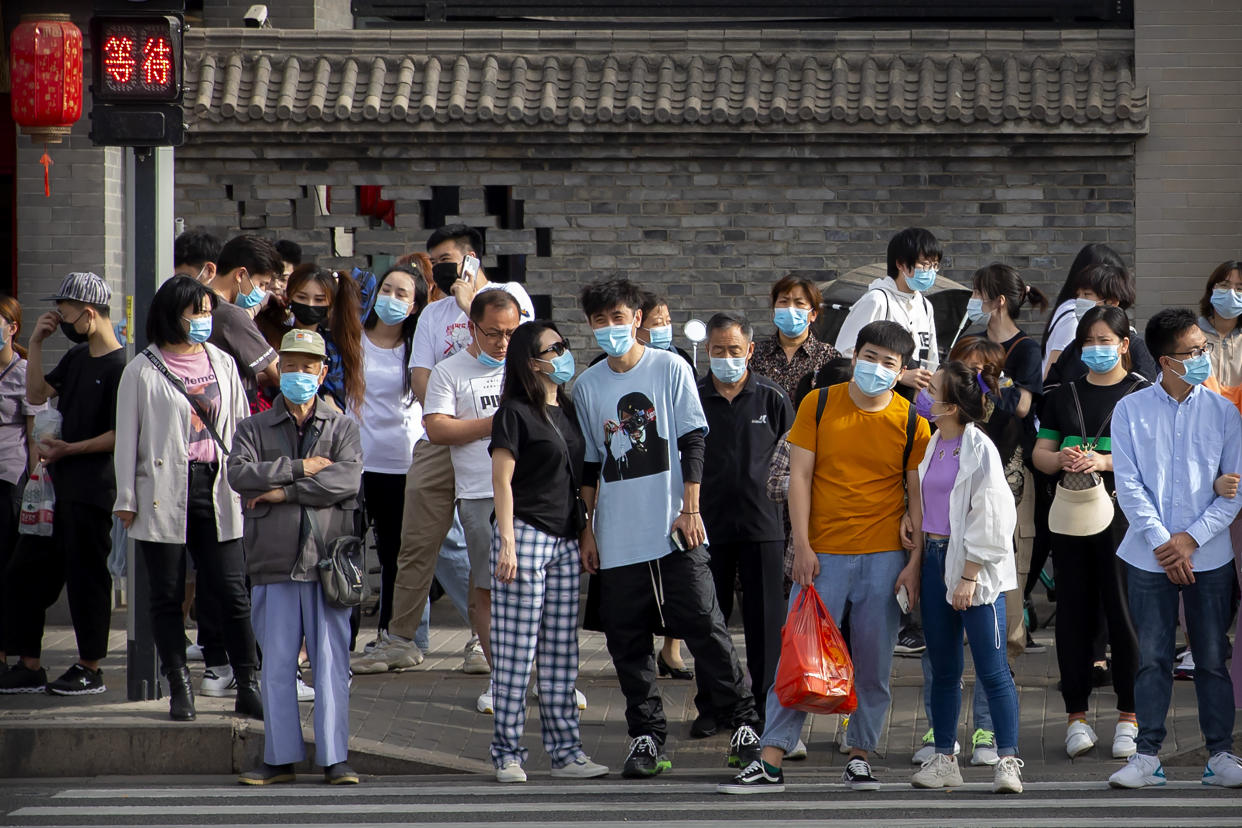
The country’s count stands at 84,000 cases since the outbreak began and 4,600 deaths.
Older pupils have restarted classes in Beijing, Shanghai and other cities ahead of their exams while employees have gone back to work with new safety measures in place.
Domestic flights have returned to 60% of pre-pandemic levels but no passenger numbers have been provided.
Tourist sites including Beijing’s Forbidden City and Shanghai Disneyland have reopened with social distancing in place.



